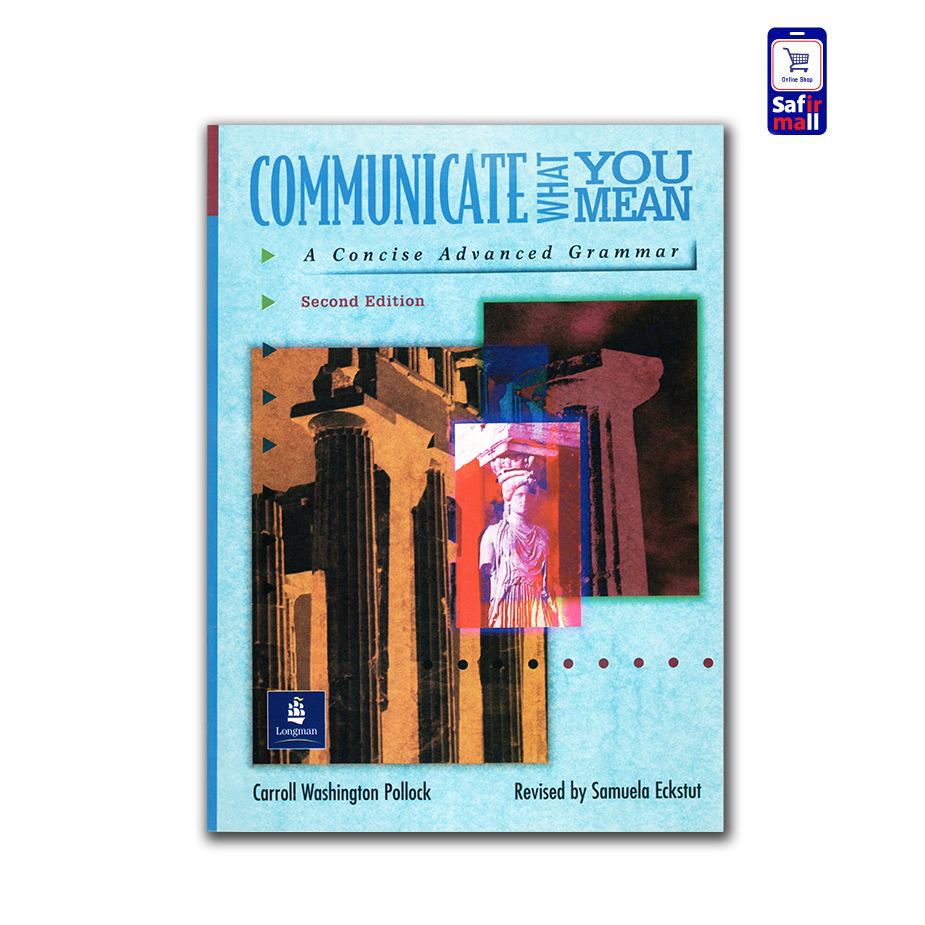

Communicate what you mean 3rd how to#
School-age children and youth will begin as emergent readers who are learning how to identify sounds and view them as words on the page. It exposes children and youth to various forms of dialogue and written language. Reading is an essential part of the way we communicate. As children and youth develop throughout the school-age years, they develop more sophisticated speaking skills and vocabularies. The act of speaking allows children and youth to express their feelings and emotions and share information. Listening and speaking are closely linked and tend to develop simultaneously. The first part is actually hearing what is being communicated and the second part is relating that information to your own personal experiences or knowledge. To better examine the communication skills of school-age children and youth, we break communication up into four major components: listening, speaking, reading, and writing. Communication skills are vital to interacting and participating in all aspects of a child’s environment.
Communicate what you mean 3rd full#
The school-age years are full of rich development in how children use language and develop literacy skills. An electronic resource available from: School-Age Milestones Source: Centers for Disease Control and Prevention (2013).

It’s important to keep in mind that each child is unique and individual differences exist when it comes to the precise age at which children meet these milestones. The chart below highlights preschoolers’ communication skills as they grow. Think of how exciting it is to watch a 3-year-old grow from stringing a few words together to holding elaborate conversations. They talk about things that happened in the past, as well as things that will happen in the future. They increase their vocabulary, use longer and more complex sentences, engage in problem solving, and talk about more than just what is happening at the moment. An electronic resource available from: Preschool MilestonesĬhildren continue to develop during the preschool years.

The sounds, tones, and patterns of speech that an infant hears early on sets the stage for learning a specific language. Infants’ and toddlers’ abilities to communicate grow as they interact with others. As a family child care provider, you can use this information, what you learn from families, and your own knowledge to enrich the interactions, experiences, and environments you create for children in your family child care program. Think of milestones as guidelines to help you understand and identify typical patterns of growth and development or to help you know when and what to look for as young children mature. Most children babble around 6 months, say their first words at about 1 year, use combined words around the end of their second year, and by the time they are 4- and 5-year-olds, they have elaborate vocabularies and know basic grammar rules.Īs you may have already learned in the Cognitive and Physical courses, milestones provide a guide for when to expect certain skills or behaviors to emerge. Language and communication develop with extraordinary speed during the early-childhood years.
/What-are-the-three-levels-of-autism-260233-5baab02fc9e77c002c390bd2.png)
It will be followed by a section that discusses these milestones by introducing three aspects of language and communication to think about: receptive language, expressive language, and conversation skills. This next section will highlight language and communication milestones for children from birth through age 12. They communicate through gestures, sounds, facial expressions, movements, behaviors, and language. “ Communication works for those who work at it.” - John Powell KnowĬhildren are able and ready communicators.


 0 kommentar(er)
0 kommentar(er)
